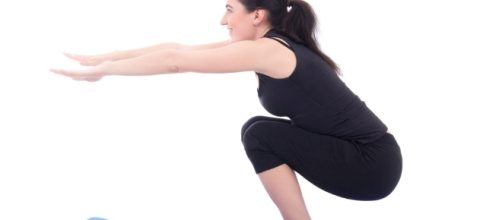The Chikung or qi gong is a traditional medicinal practice in China and the first manifestations of it go back over the centuries. Thus, it is common for neighbors to focus on the parks to carry out a community chikung practice, as it is an essential part of traditional Chinese medicine.
Fortunately, the chikung has arrived in the western world, where it is already practiced regularly and is increasingly supported through its effectiveness in maintaining a healthy state of well-being.
The essence of chikung
The essence of chikung is Qi - a concept that has begun to reach the West and is defined as vital energy.
It is a key term for traditional Chinese medicine because thanks to Qi life takes place. Precisely the purpose of the exercises performed in chikung are to improve the movement of Qi in the body, that energy of life that neither be seen or touched. Traditional Chinese medicine determines that Qi travels the human body through the meridians and considers that any problem of health responds to a stagnation of that energy.
The chikung is part of traditional Chinese medicine and all the movements used are aimed at facilitating the movement of Qi in order to favor a state of harmony between body and mind. The practice should carried out with full awareness, working three basic pillars: posture, breathing and intention.
Oriental thought regards the body, feelings, mind and spirit as a unity.
Postures are important, but breathing has the same importance in practice. Breathing is performed from an energetic center known as Tan Tien and it means "sea of energy" in traditional Chinese medicine. Tan Tien is post 2 or 3 centimeters below the navel (in the abdomen) and considered a center of transformation and accumulation of energy. Hence the importance of directing the breath towards Tan Tien during the practice of chikung and accompanying the breathing with movements.
Regular sessions
The chikung presents apparently simple postures and movements, but the advance in its practice entails the realization of more dynamic and complicated postures.
To benefit from chikung practice it is advisable to hold sessions regularly, as the occasional approach will not result in the desired benefit. Regular exercise is an excellent way to circulate Qi and achieve a balance of energy in the body.
The benefits it produces are at the physical level and at the mental level. In the physical plane, chikung works the muscular system and the joints, so that after several sessions, the practitioner perceives a remarkable improvement in his flexibility. In addition, it has excellent results in back ailments by stretching the meridians.
In the emotional and mental aspect, chikung is presented as one of the methods preferred by the orientals to reduce the levels of stress. Its practice produces relaxation, calm and peace.

